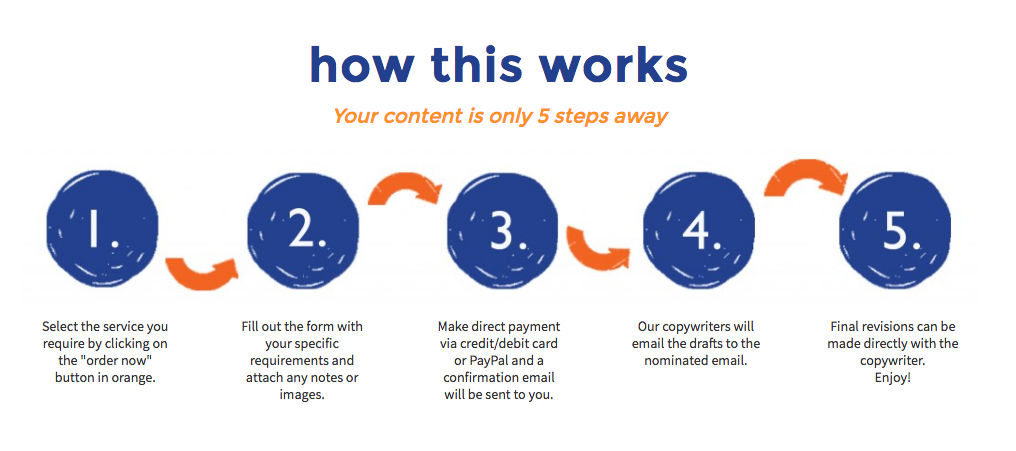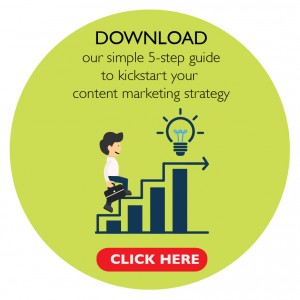The content you create says a lot about your business. It provides your readers with insight into your knowledge, expertise and offering, and is a great marketing tool that helps prospective customers decide whether they want to do business with you.
Content works to:
- Demonstrate your expertise
- Solve problems or pain points
- Build your brand’s credibility
- Helps with your SEO and Google rankings
- Develop lead generation
Content is ubiquitous
Essentially, anything you write and share with your audience falls under the content umbrella. From the material posted on your website, to the marketing collateral you hand out, through to your social media, and company blog – that’s all content.
However, the way the content is written, presented and distributed will determine its level of penetration and ultimately success for your business. The words you write can leave a lasting impression on the reader, so make it work for your business.
Have a point of view
It always helps to have a fresh perspective on the material that is produced for your company. If you are writing the same messages over and over again, chances are it may start to become repetitive and won’t be as sharp and witty as it should be.
Keep in mind that the needs of your target audience are forever changing, and your writing style will need to adapt accordingly. If, for example, you are trying to target a new market, the content will be relevant to the local audience – a single global piece just won’t cut the mustard.
Stick with a reliable agency
That’s what we do at Words! Our team of content specialists will transform your content into something that’s sharp, to the point and appeals to your target audience – no matter where they are based or what interests they have.
Our team will write any piece of content that you need, including blogs, articles, website content, press releases, marketing copy, through to white papers, ebooks and social media content. We can even draft your next winning awards application or help create an eye-catching infographic that’s sure to turn heads and generate engagement.
Below is our easy 5-step ordering process.
Simply upload a brief and voila! you’re now on your way to great content.
If you have any questions, please don’t hesitate to get in touch with us on [email protected], and we look forward to writing for you soon.



